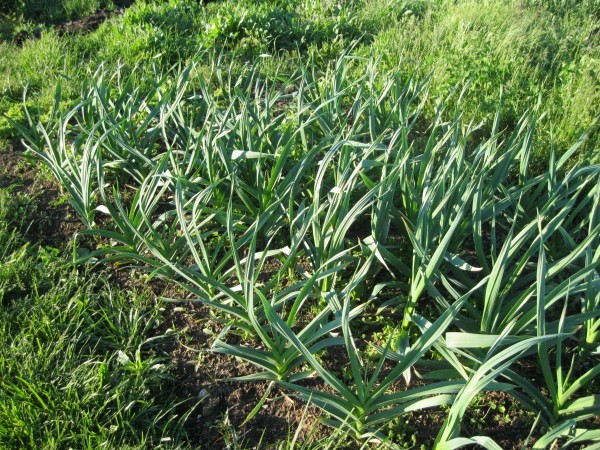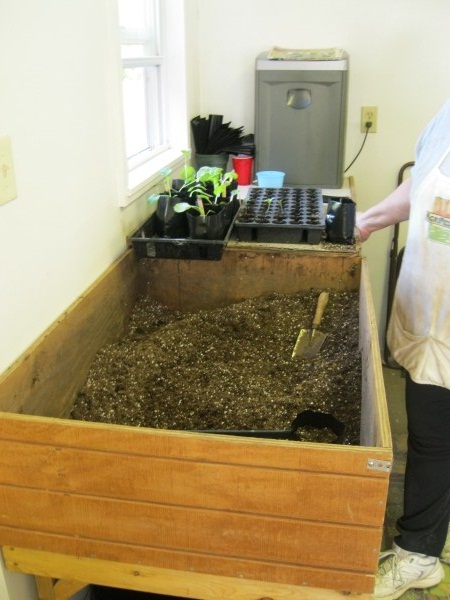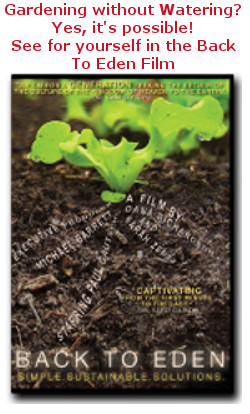
Troy Bilt Horse Tiller - Early 70's
When I was a teenager living in a small Missouri country town, I would go over to my friend’s house and see his grandparents tilling their garden with an old style Troy-Bilt Horse tiller. This was the big unit with the swiveling handlebars. I was very impressed. I thought, one of these days I would like to have one.
Now back in the country these many years later and my passion for gardening quickened, I mainly wanted to garden using all-natural, no-till methods to rebuild the soil. I thoroughly devoured the readings of Ruth Stout, John Jeavons and many others. I really believe in their methods and have used them extensively. However, the vision of that old Troy-Bilt would still pass through my thoughts.
As I continued to expand my garden, working Missouri clay became a challenge to say the least. Building large new beds with no-till methods in this clay can be very back breaking. I thought it was time to see if I could find one of those old Troy Bilt’s in good shape for a reasonable price.
After searching for several months, I recently found one on Craig’s List near where I live. I was able to purchase it at a price that was good for both me and the previous owner! The Horse, an early 1970’s model with a 6 H.P Tecumseh engine, was owned by his grandfather and passed down to him. My vision of the past has come to life.
The Horse needed some basic maintenance and replacement of the belts and reverse disc along with some clean up. It runs good for being this old and it really does work like a horse. They sure don’t make them like this anymore.
Below is a video describing some of the work I did on the Horse and a cold start. Later I’ll share some other videos of it working in the garden.
I still plan on using no-till methods primarily. But this old horse sure does help get things started and gives some definite back relief.
Do you have any stories of an old Troy-Bilt?


















